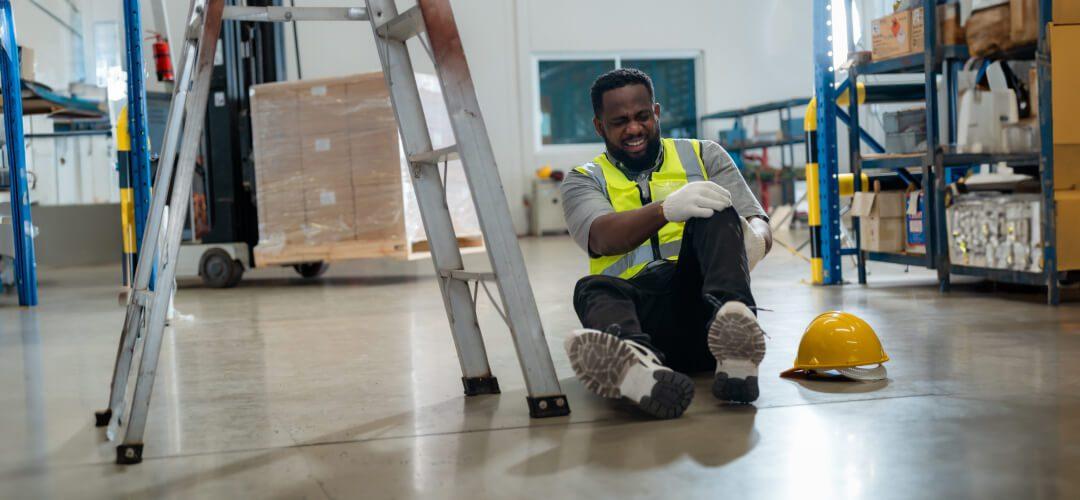
In the dynamic world of work, where flexibility and remote operations are becoming the norm, the safety of lone workers is more critical than ever. But when it comes to lone worker training, a common question arises: Who exactly is responsible? The answer might surprise you — it’s not just one person or department, but a collaborative effort that spans the entire organisation.
The legal framework: a shared responsibility
In the UK, the responsibility for ensuring lone worker safety, including training, falls under the umbrella of the Health and Safety at Work etc. Act 1974. This legislation mandates that employers have a duty of care to ensure the health, safety, and welfare of their employees. This includes those who work alone, whether in remote locations, out in the field, or even during out-of-hours shifts.
But here’s the twist: while the employer holds the ultimate responsibility, it’s a team effort. HR departments, line managers, and health and safety officers all play crucial roles in the process. They must work together to identify risks, develop relevant training programmes, and ensure these programmes are effectively communicated and implemented. They must also determine if the training alone is enough or whether a lone worker protection solution should also be provided.
The employer’s role: setting the standard
At the top of the pyramid sits the employer, who is legally required to ensure lone workers are just as protected as their office-based counterparts. This includes conducting thorough risk assessments, establishing clear safety policies, implementing fitting protection solutions, and providing comprehensive training tailored to the specific risks faced by lone workers.
Employers must also ensure the training is ongoing and regularly updated to reflect any changes in working conditions or new risks that may arise. This is where the involvement of health and safety officers becomes crucial – they provide the expertise needed to create and maintain these training programmes.
HR and line managers: the frontline facilitators
HR departments and line managers are often the ones on the frontline, implementing the training programmes designed by the health and safety team. They are responsible for ensuring that all lone workers receive the necessary training before they start their roles, and that they understand the policies and procedures in place to keep them safe.
HR also plays a key role in record-keeping, ensuring that training is documented and that refresher courses are scheduled as needed. Line managers, on the other hand, have the critical task of monitoring lone workers on an ongoing basis, identifying any additional training needs, and providing support when required.
The employee’s role: taking ownership
While the employer, HR, and line managers bear much of the responsibility, employees themselves are not off the hook. Lone workers must take an active role in their own safety by engaging with the training provided, following safety protocols, and reporting any concerns or incidents immediately. After all, safety is a shared responsibility.
The bottom line: it takes a village
In summary, the responsibility for lone worker training doesn’t rest on the shoulders of one individual—it’s a shared duty that involves the entire organisation. From the employer setting the safety standards to HR and line managers facilitating training to lone workers themselves taking ownership of their safety, everyone has a part to play.
But where do you start? Here are three top tips to ensure your lone worker training is up to scratch:
Top tips for effective lone worker training
- Tailor the training to specific roles: Every lone worker faces unique risks depending on their job. Ensure your training is customised to address the specific hazards they might encounter. If training for lone worker protecting solutions, then tailor the training to how the lone worker should use the system e.g. set a proactive welfare check for every {enter task specific to lone worker}.
- Regularly update training materials: Risks evolve, and so should your training. Regularly review and update your training programmes to keep pace with new challenges and ensure your team is always prepared.
- Foster a culture of safety: Training shouldn’t be a one-time event. Encourage a culture where safety is always a priority. Regular check-ins, open communication, and ongoing support are key to keeping your lone workers safe and informed.
Remember, when it comes to improving the safety of your lone workers, it’s not just about ticking boxes—it’s about creating a robust framework that keeps everyone safe, no matter where they work. By sharing the responsibility and following these top tips, you’ll be well on your way to building a safer, more secure working environment for your lone workers.
